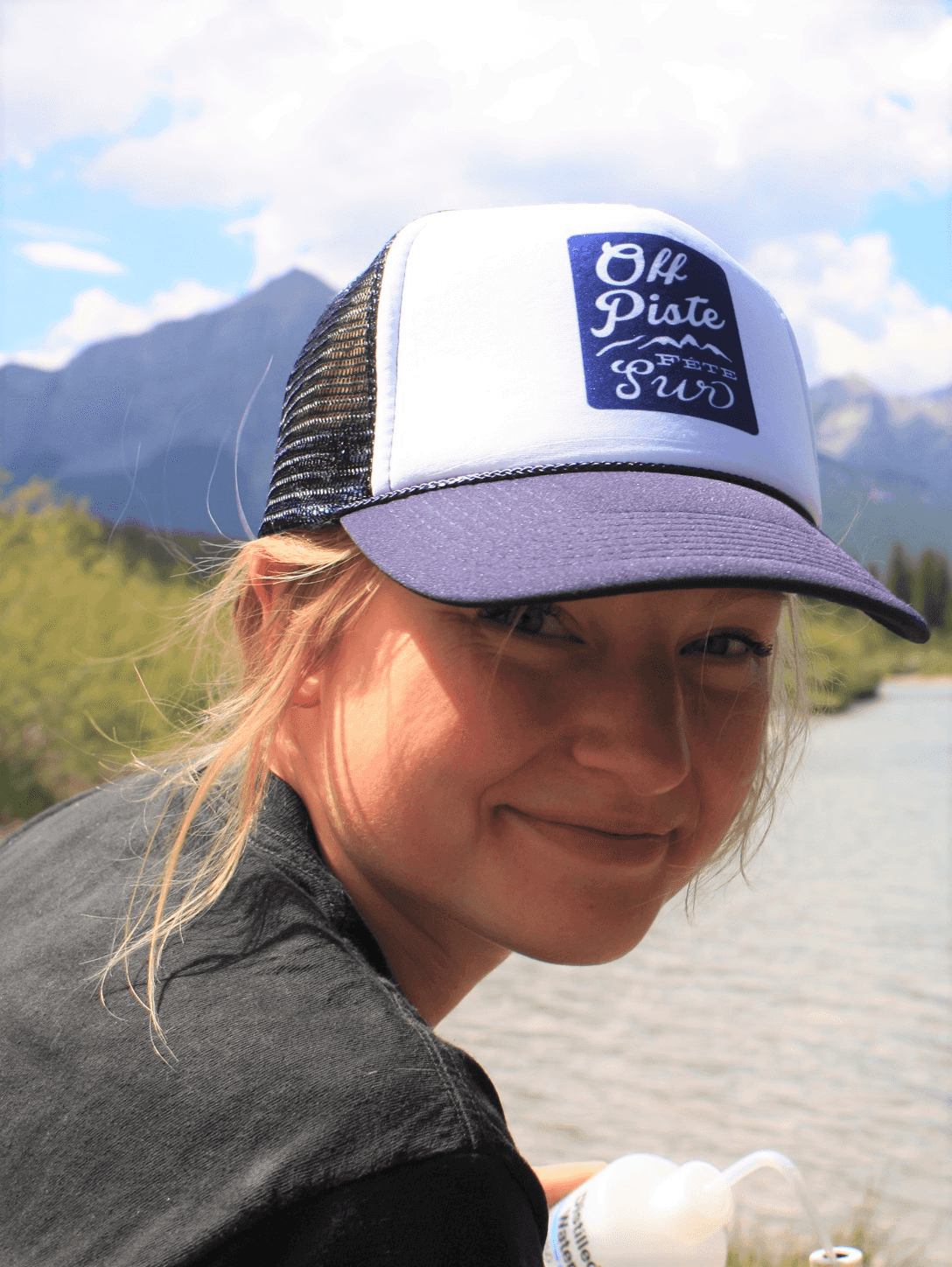
FortWhyte Alive - Sharing Insights from a Human-made Lake System
By Mary Kruk
January 21, 2022
Situated on the past site of a cement factory and clay mining operation dating back to 1911, FortWhyte Alive is an urban nature centre located in Winnipeg, Manitoba, focused on environmental education. The relic mining pits have become five pit lakes which support healthy fish and waterfowl populations. School groups and the general public visit FortWhyte Alive to walk along the trail network, canoe on the lakes, birdwatch, and learn about the importance of healthy freshwater ecosystems.
Monitoring in a human-made ecosystem
Katrina Froese, Education Program Coordinator, works with student volunteers to monitor the five lakes to get a better idea of how the water quality is changing over time in order to inform management decisions to improve the lakes’ water quality.
Since 2013, dissolved oxygen concentrations are measured year-round at multiple depths throughout the lakes. In addition, monthly water samples are collected to monitor parameters such as total phosphorus concentration and chlorophyll a concentration to help identify algae blooms and determine eutrophication status in the lakes.

Katrina Froese, FortWhyte Alive’s Education Program Coordinator, near one of the monitored lakes
Case study for a closed basin system
The pit lakes are a closed basin system, meaning the water system in the lakes is not connected to the surrounding watershed. Eutrophication, or high nutrient levels, led to low dissolved oxygen conditions in winter and summer in the lakes, due to the decomposition of overabundant algae. One of the water management decisions made to improve water quality at FortWhyte Alive was to install an aeration system in some of the lakes, which has helped to increase dissolved oxygen levels year-round.
As this type of closed basin system is unique, Katrina hopes that the water quality data that has been collected at FortWhyte Alive will be used by other organizations and researchers in Lake Winnipeg’s watershed. This will allow them to compare other prairie lake systems to a controlled, closed aquatic system in the same region.

Aeration systems maintain dissolved oxygen levels and prevent lakes from fully freezing over in the winter
Open data to fuel science education
Now, the data collected at FortWhyte Alive can be easily accessed through Lake Winnipeg DataStream. “One of the main goals at FortWhyte Alive is to educate about aquatic ecosystems”, says Froese, “so by sharing the water quality data on DataStream, we hope that it will provide students and researchers an easy way to access the data and to help engage them with water quality at FortWhyte”.

About the Author
Mary Kruk joined the Gordon Foundation in 2020 as the Water Data Specialist. In her role she provides water science expertise and works to continually grow the user community across the DataStream hubs. She has a background in water quality monitoring and assessment and advocates for the use of open data in science communication and research.
Mary is based in Calgary and can be reached at mary@datastream.org.
The results are in! DataStream's 2023 external evaluation
We asked for your feedback, and you delivered! DataStream is pleased to share the results of our 2023 external evaluation.
Job Posting: Executive Director
The Executive Director (ED) will play a pivotal role in leading DataStream at an exciting time of growth.
Join DataStream's Pacific Data Drive
Do you collect water quality data in British Columbia or the Yukon? If YES, we want to work with you!


